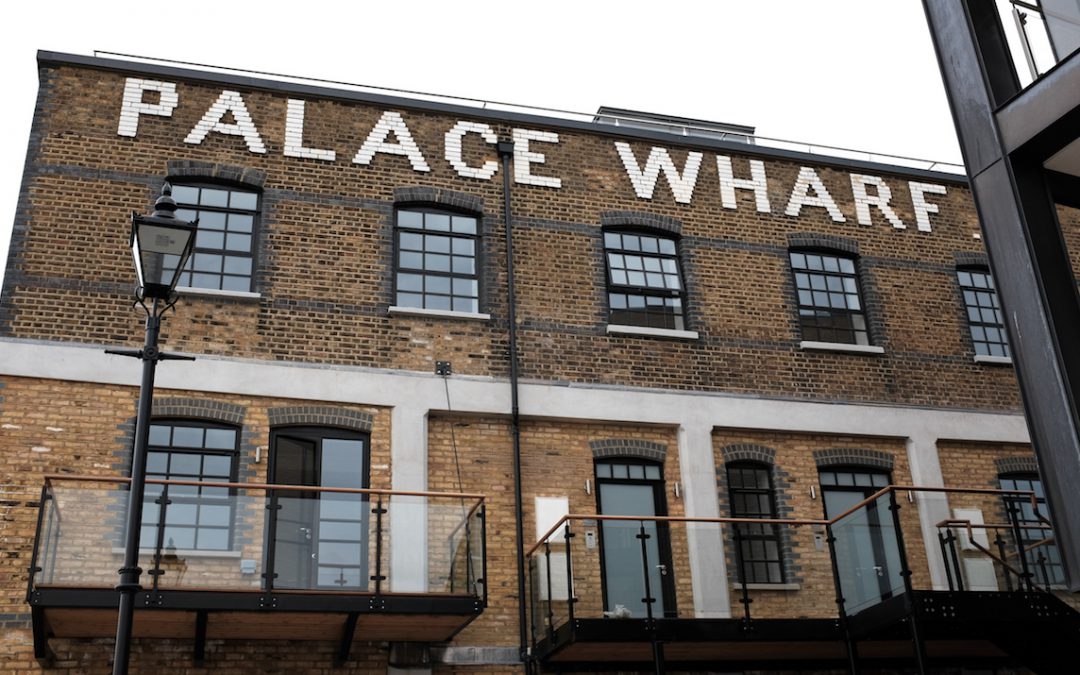Warehouse conversions are considered by many to be the height of modern, urban style. Ironically, the very thing that makes them desirable is their sense of history, along with the way old and new are seamlessly combined in the process of conversion.
Warehouses like our riverside Palace Wharf property – built at the turn of the 20th Century to facilitate the unloading and storage of imported marble – became a necessity during the course of the Industrial Revolution, springing up all over the world from the late 18th century onwards.
With new manufacturing processes creating ever-increasing quantities of product, and larger and larger spaces required to house factory machinery, huge, looming warehouses began dominating the cities. From the cotton mills of Manchester to the slaughterhouses of New York’s meatpacking district, manufacturing was in the ascent.
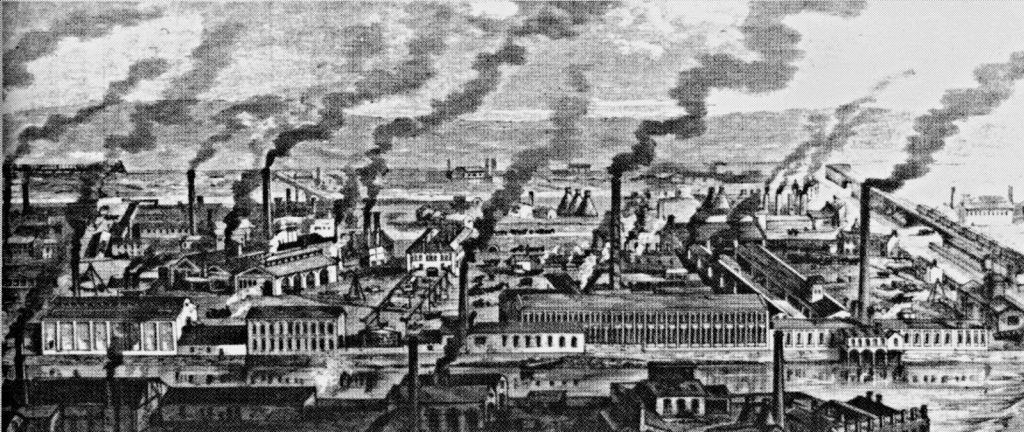
Once the Industrial Revolution fell into decline, these warehouses became redundant, and were left standing dormant for decade upon decade, falling into disrepair and – in many cases – finding use only as canvases for the world’s graffiti artists.
It’s strange that it took until the turn of the millennium for developers to come round to the idea that warehouses could be reimagined as homes. Warehouses were first adopted by the trendy artist community, taking advantage of the large rooms as studio spaces and the oversized windows – previously used for moving large objects in and out of the buildings – as vital and eye-catching sources of light.
With the influx of artists and creatives into these urban behemoths, warehouses began to gain cultural cache as somewhere that it could be seen as desirable to live. This, in turn, spurred on further development, and greater efforts being taken to market these suddenly fashionable areas to a more mainstream audience.
Today, New York’s Meatpacking district is a hip, fashion hub – one of the most expensive and sought-after places to live in the city. The Wharfs of London Bridge – and all along huge swathes of the London’s South Bank – have been redeveloped into homes with price tags reaching well into the millions.
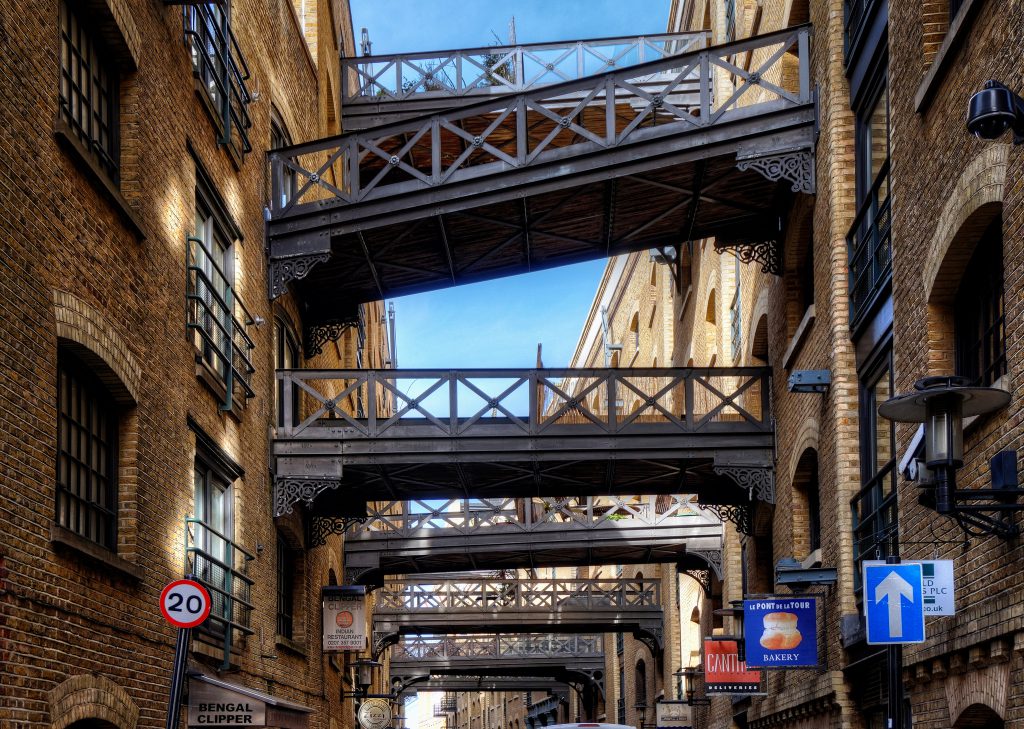
Photo by David Skinner
And it’s easy to see the appeal. Walk along the cobbled streets of Shad Thames, and see the wrought-iron gangways criss-crossing and connecting the buildings overhead – now filled with laundry lines and potted plants. Warehouse conversions are renowned for their spacious high ceilings, exposed brickwork, and floor to ceiling windows that further add to the bright airiness of the properties.
In the case of Palace Wharf, we restrict the preservation of brickwork to the building’s exterior, where the building’s name is ingrained in the wall with gleamingly white bricks, along with the Wharf’s date of completion: 1907.
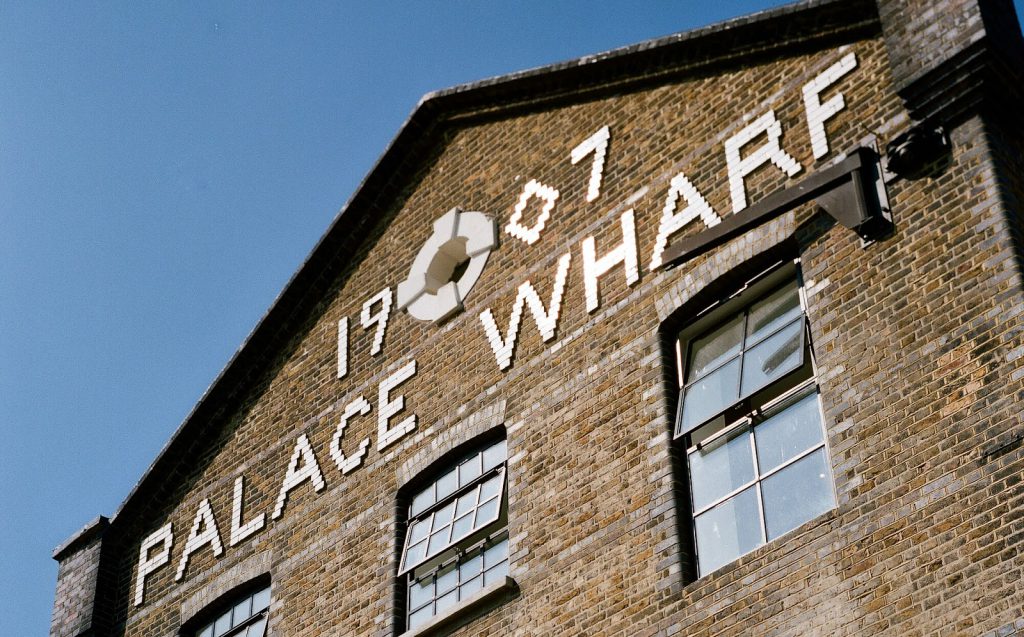
Inside, the high ceilings are present and correct, as are the large Crittall steel-framed windows – the historic character of which we went to great pains to reproduce by using the original manufacturer during the course of our renovation.
In all other ways, of course, Palace Wharf is unfailingly modern – in both its fully-furnished decor and its utterly up-to-date amenities. From the electronically controlled entrance gates, to the Crestron security systems that allow you to see who is at the entrance gates from the comfort of your living room, every detail of design has been considered.
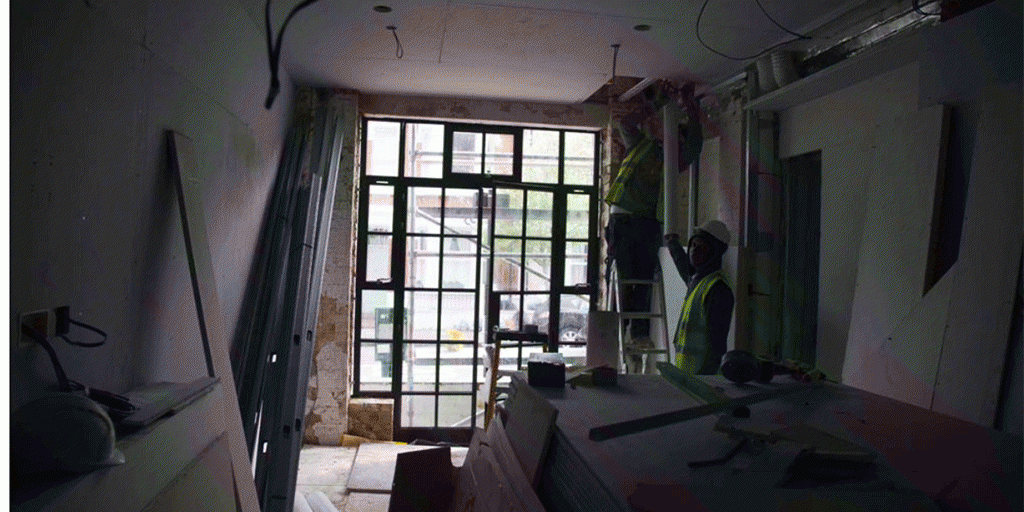
So there’s really nowhere better for you to remove a perfectly chilled bottle of wine from your Caple kitchen wine cabinet, head out onto your riverside balcony, and contemplate the 7000 year old river Thames as it flows past the 101 year old Palace Wharf.
